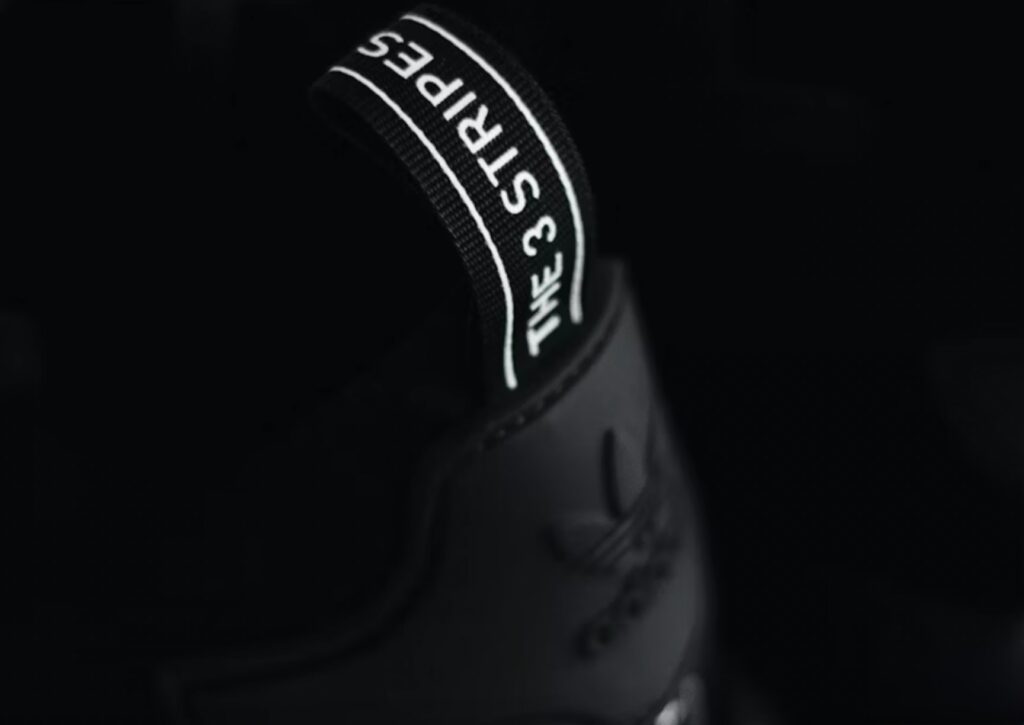Remember a time when you did not get skincare product recommendations or vacation outfit – or even vacation location – ideas from someone you do not technically know and who boasts hundreds of thousands (or even tens of millions) of followers that are more or less a lot like you on Instagram? It might hardly seem imaginable anymore given the large-scale rise and near-market-saturation of influencers.
Marketing-by-influencer has evolved significantly since brands first started experimenting with these not-traditionally-famous figures but highly-followed ones, nonetheless, to shill products to digitally-obsessed and advertising-averse consumers. The spending is higher, pushing the market for influencers to a projected $10 billion by 2020; the followings are more sizable for many of the biggest names; and the spread of influencers is more diverse, nano-influencers, for instance, i.e., real teens with less than 1,000 followers, are being touted as one of the most heavily-utilized types.
As the specifics of influencer marketing from perspectives of brands and influencers have shifted over time, so, too, have consumers’ preferences and behavior patterns when it comes to influencers. A newly-released report from the marketing arm of multinational electronic commerce and Internet giant, Rakuten – which surveyed 3,600 global consumers between December 2018 and January 2019 – sheds light on just how this practice has changed and where it is going.
Some particularly interesting facts? Rakuten found that a whopping 87 percent of consumers have been “inspired to make a purchase based on what they saw from an influencer,” with “41 percent of consumers saying they find at least one new brand or product from an influencer weekly, and 24 percent saying they did so daily.”
Of the consumers that have made purchases based exclusively on influencer endorsements, most of those sales are done by way of the link provided by the influencer, with as few as 39 percent of consumers saying that when they encounter a sponsored link, they avoid the link and “search for the product elsewhere.”
In terms sponsored content, Rakuten found that “marketers concerns about whether consumers are deterred by knowing a link or piece of content resulted from a sponsorship” is overstated. To be exact, “Only 3% of consumers stated that [the existence of] sponsored content would cause them to distrust the influencer and the brand.” More than that, over half – 66 percent – of the American consumers surveyed said they appreciate it when an influencer clearly discloses when a post is sponsored.
Still yet, the report reveals that “sponsored posts and distrust [of endorsements and/or reviews in connection with sponsored posts] are not the primary reasons why a consumer would stop following an influencer.” Instead, the most frequent reason for consumers to stop following an influencer s simply “lack of interest over time.”
Finally, Rakuten found that men are increasingly interested in – and susceptible to – influencer marketing. “65 percent of males say they engage with an influencer at least once a day, compared to 60 percent of females,” according to the report.
The growing percentage of men that actively follow influencers is striking, in large part because is coincides with larger shift in spending and a large-scale rise in sales for menswear. Women may spend more per year on clothing and accessories than men (sales of women’s clothing amount to nearly $645 billion in 2017, versus almost $420 billion for men’s clothing), but that is not expected be the case for much longer.
The growth of spending on menswear has outpaced growth of womenswear sales almost consistently since 2009, per business intelligence form L2 Inc., and according to Euromonitor International, menswear sales, themselves, are projected to top womenswear over the next six years. “It’s the younger men that are driving the push for menswear,” Lizzy Bowring, catwalk director at trend-forecasting agency WSGN, told Business Insider, early this year.
“These men are more savvy and aware,” she says. They are definitely on Instagram, and an increasing number of them are engaging with influencers every day, giving rise to a momentous opportunity for brands.














